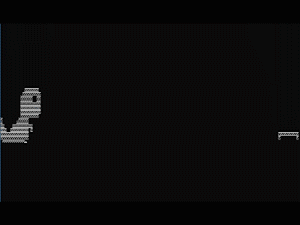It may often be increasingly hard to comprehend dynamic properties using only static figures shown on a textbook. There is more need for data visualization for better understanding the complicated world around us…
This is a demo program that I have written in a course of heat transfer. I served as the teaching assistant and assisted my professor for delivering the curriculum. In order to let the students understand some time-dependent properties between the temperature and position of a heat transferring process, I used Python and the library Matplotlib for customized visualization of the heat transfer process.
Compared with a static plot of the same process (Fig. 1), this dynamic plot (Fig. 2) intuitively demonstrated the nature of temperature change according to time.

Figure 1. Static plot of normalized temperature (1-Φ) vs normalized position (η) at different normalized time (τ) using OriginLab.

Figure 2. Dynamic plot of heat transfer.
















